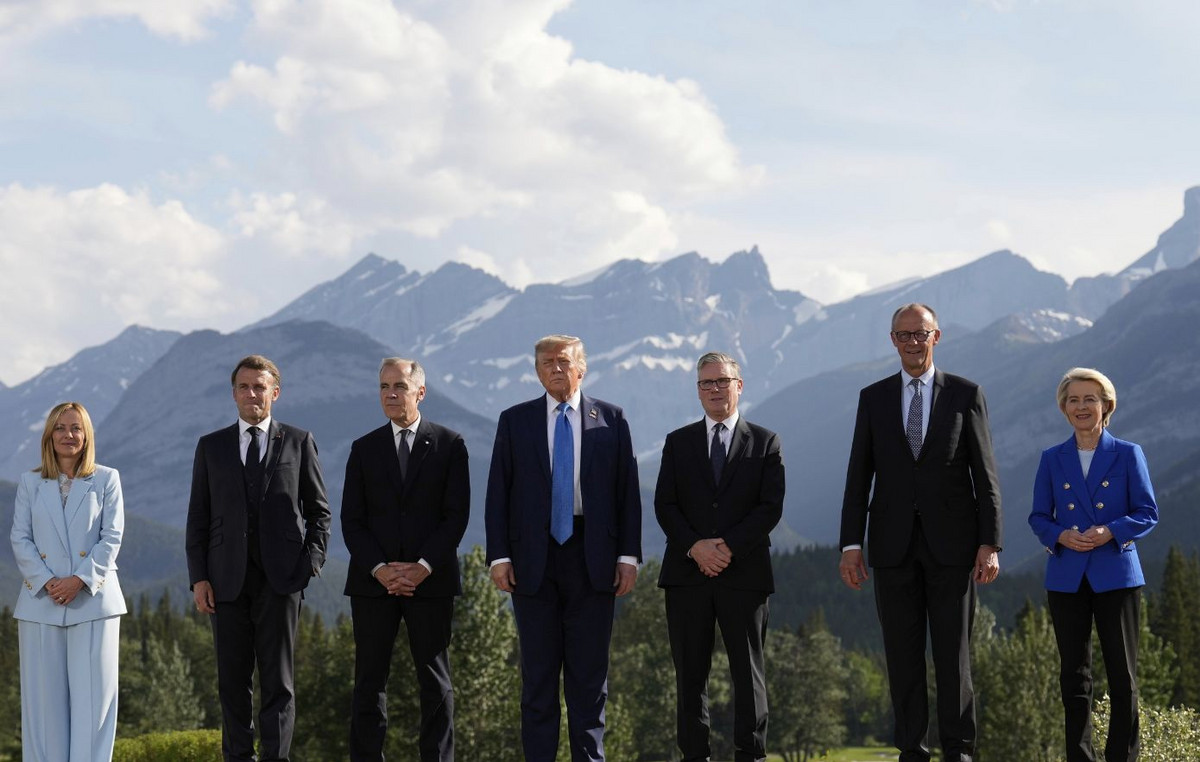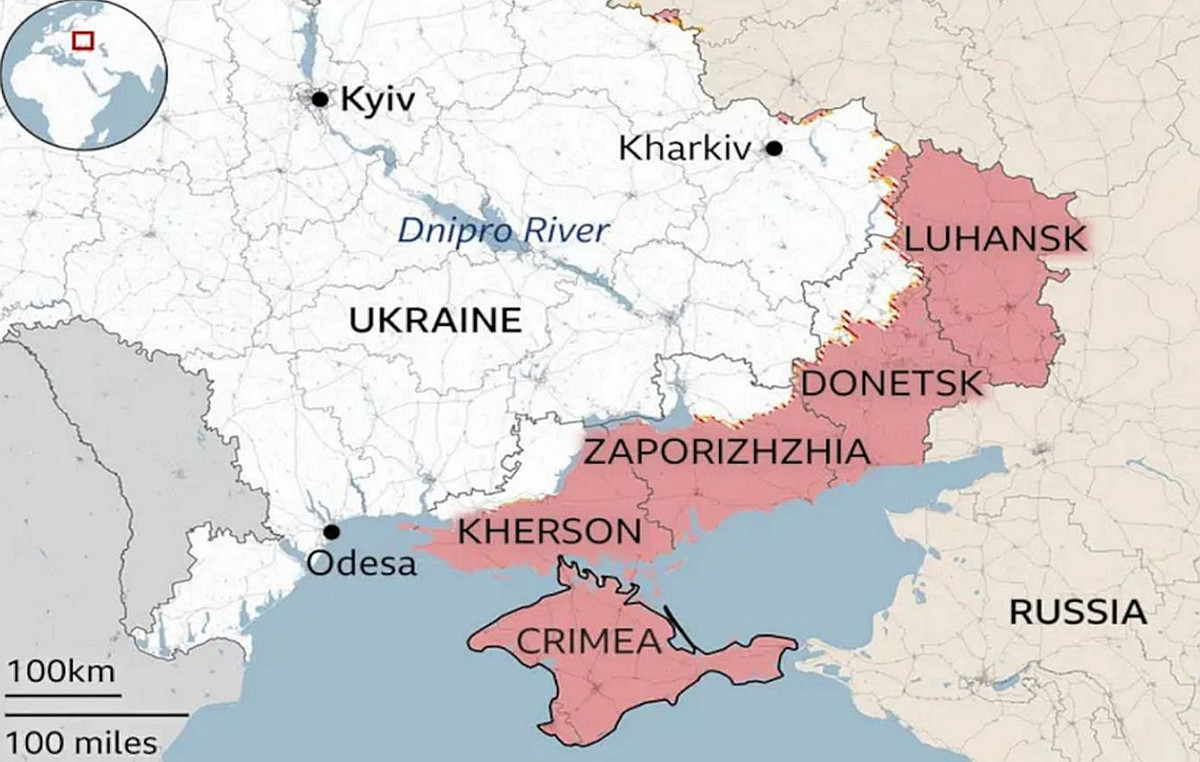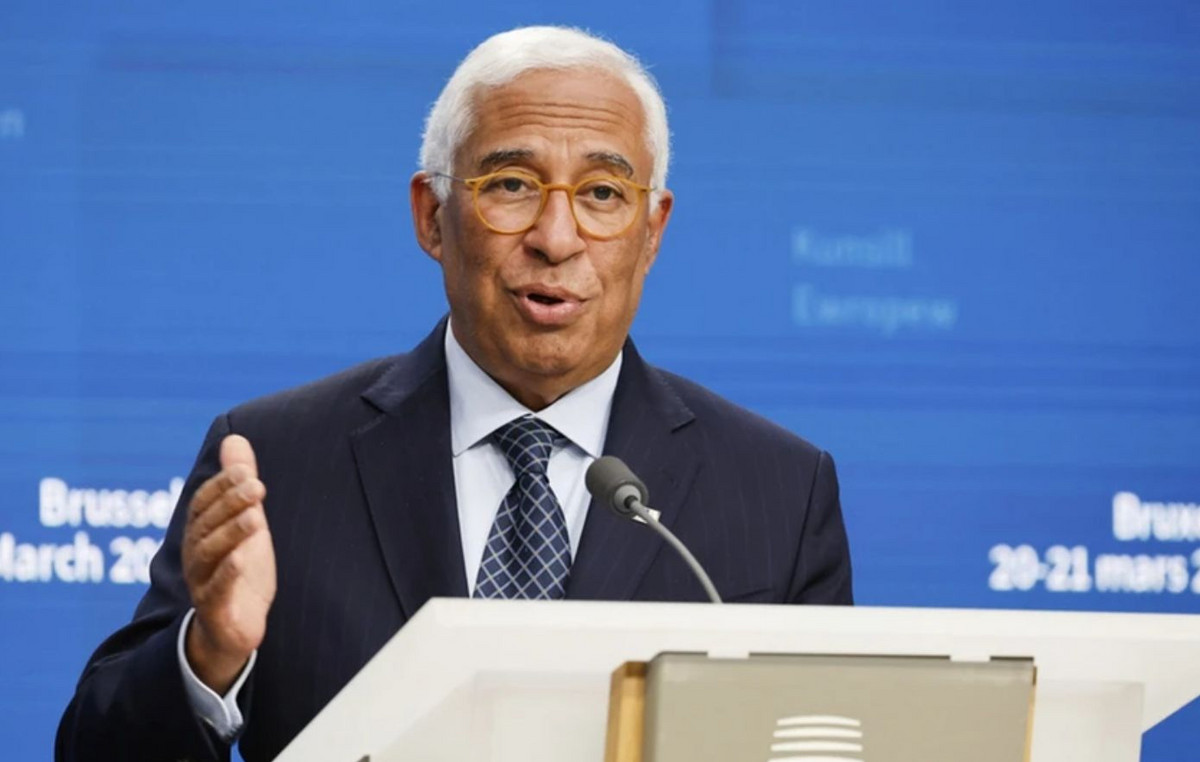- The Bank of England will announce its monetary policy decision on Thursday.
- The BoE is likely to keep the benchmark rate unchanged for the second consecutive meeting at 5.25%.
- The US Federal Reserve kept rates unchanged at 5.5%, bringing relief to markets.
- The British Pound is trading in a very limited range against the US Dollar.
The Bank of England’s (BoE) Monetary Policy Committee (MPC) meets this week to decide the future of monetary policy and will announce its decision on Thursday 2 November. Along with it, the central bank will publish the Monetary Policy Report, which provides the economic analysis and inflation forecasts that the MPC uses to make its interest rate decisions.
Following the September meeting, where policymakers decided to keep the base rate at 5.25% in a tight 5-4 vote, the Bank of England is expected to remain unchanged again. This is the highest level since 2008, and financial markets continue to price in a terminal rate of 5.5% in early 2024. Pending this development, the British pound is trading near a multi-month low of 1.2037 against the US dollar. , following a massive drop from the July high of 1.3141.
Bank of England interest rate decision: What to know from markets on Thursday
- The GBP/USD pair is at weekly highs as markets evaluate the Federal Reserve’s (Fed) monetary policy announcement.
- The Bank of England is aware of three specific data on which it bases its policy decisions: private sector wage growth, inflation in the services sector and the relationship between vacancies and unemployment.
- Like most major central banks, the BoE also adopted a “higher rates for longer” stance, based on keeping benchmark rates elevated for an extended period to control inflationary pressures.
- Before the announcement, UK shop price inflation slowed to 5.2% in October, its lowest rate in more than a year, helped by falling prices for domestically produced food, according to the Consortium. British Retailers.
- The Consumer Price Index (CPI) rose 6.7% year-on-year in September, the same rate as in August. In monthly terms, the CPI rose 0.5% in September 2023, the same rate as in September 2022.
- Meanwhile, the world faces a new factor of uncertainty from the Middle East. On October 7, the Palestinian group Hamas attacked Israel, prompting the latter to declare war. The ground invasion of the Gaza Strip began over the weekend, and market participants are keeping a close eye on the situation.
- As expected, the Fed kept rates at 5.5%. The announcement had limited impact on financial markets as the central bank offered a mixed message. Powell offered some hawkish guidance, saying they are not considering rate cuts but questioning whether additional hikes are necessary. He also noted that policymakers are committed to achieving a sufficiently restrictive stance, but cannot say at the moment whether they have reached that point.
- Early on Wednesday, the US Treasury announced an auction volume of $112 billion, slightly below the $114 billion expected by financial markets. The Treasury also announced plans to increase the size of auctions once again. The predictability of the announcement was a relief to the markets, while the Fed’s announcement did not raise new concerns.
When will the BoE publish its monetary policy decision and how could it affect GBP/USD?
The BoE is expected to keep the main rate at 5.25% on Thursday, November 2. The decision will be announced at 12:00 GMT, along with the publication of the Meeting Minutes and the Monetary Policy Report. Governor Andrew Bailey will then hold a press conference in which he will explain the background to policymakers’ decisions.
The BoE Governor and his colleagues have little room for manoeuvre. The British economy is showing increasing signs of weakening, and signs of recession reappeared even after the Monetary Policy Committee expressed its least concern about it.
However, controlling inflation is the central bank’s main objective for the moment, while wage growth remains high. According to the National Statistics Office, average earnings in the three months to August rose 7.8% from a year earlier, moderating slightly but rising too quickly to be compatible with the central bank’s 2% inflation target.
Despite the disappointing inflation numbers for August, the Monetary Policy Committee seems unlikely to raise rates this time. Between-meeting data has not provided significant game-changers, so policymakers are likely to wait. However, the chances of a new rate hike in the coming months are quite high. Market participants continue to believe that the central bank will maintain a largely hawkish stance, as an annual CPI of 6.7% is inconsistent with a neutral stance.
Governor Bailey is likely to point out that the effects of previous rate hikes have not yet taken effect in the economy to justify the decision to keep rates unchanged.
With the Bank of England expected to make little change to monetary policy, the chances of a sharp directional move in the Pound are limited. Still, a hardline surprise seems more likely than a moderate one. With the dollar falling, the GBP/USD pair may turn higher as an initial reaction.
GBP/USD is challenging the weekly high near 1.2200, moving further away from October’s monthly low at 1.2037. According to Valeria Bednarik, chief analyst at FXStreet, “GBP/USD has a long way to go before turning bullish. Despite the dollar’s lack of momentum, the pair would need to surpass the October 24 high at 1.2288 to convince to buyers.”
Bednarik adds: “Technically, the risk is tilted to the downside on the daily chart. The flat 20-day SMA around 1.2180 has been broken, while the longer moving averages are directionless, although they are more than 300 pips above the current level. The same chart shows that the Momentum indicator is advancing within negative levels, while the Relative Strength Index (RSI) remains stable around 44. The pair has been finding buyers of “Steady declines below 1.2100, a short-term support level. However, once below 1.2069, sellers could take control of GBP/USD.”
BoE FAQ
What does the Bank of England do and how does it impact the Pound?
The Bank of England (BoE) decides the UK’s monetary policy. Its main objective is to achieve price stability, that is, a constant inflation rate of 2%. Its instrument to achieve this is the adjustment of basic loan rates. The BoE sets the rate at which it lends to commercial banks and at which banks lend to each other, determining the level of interest rates in the wider economy. This also influences the value of the British Pound (GBP).
How does the Bank of England’s monetary policy influence the Pound Sterling?
When inflation exceeds the Bank of England’s target, it responds by raising interest rates, which makes access to credit more expensive for citizens and companies. This is positive for the British Pound, as higher interest rates make the UK a more attractive place for global investors to invest their money. When inflation falls below target, it is a sign that economic growth is slowing, and the Bank of England will consider lowering interest rates to make credit cheaper in the hope that companies will borrow to invest in projects that generate growth, which is negative for the Pound sterling.
What is Quantitative Easing and how does it influence the Libra?
In extreme situations, the Bank of England can apply a policy called Quantitative Easing (QE). QE is the process by which the BoE substantially increases the flow of credit into a clogged financial system. QE is a policy of last resort when lowering interest rates does not achieve the necessary result. The process of QE involves the Bank of England printing money to buy assets, typically government bonds or AAA-rated corporate bonds, from banks and other financial institutions. QE usually results in a weakening of the British pound.
What is Quantitative Hardening and how does it influence the British Pound?
Quantitative tightening (QT) is the reverse of QE, and is applied when the economy is strengthening and inflation begins to rise. While in QE the Bank of England (BoE) buys government and corporate bonds from financial institutions to encourage them to lend, in QT the BoE stops buying more bonds and stops reinvesting the maturing principal of the bonds that you already own. It is usually positive for the British pound.
Source: Fx Street
I am Joshua Winder, a senior-level journalist and editor at World Stock Market. I specialize in covering news related to the stock market and economic trends. With more than 8 years of experience in this field, I have become an expert in financial reporting.







